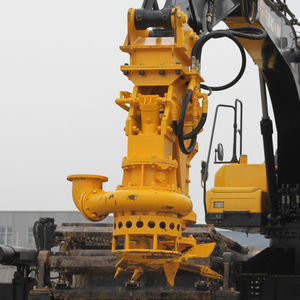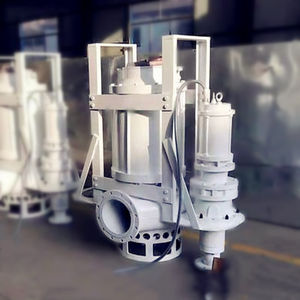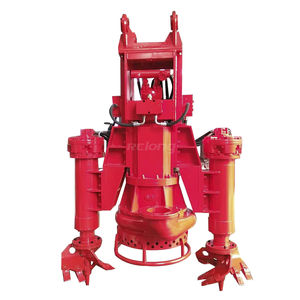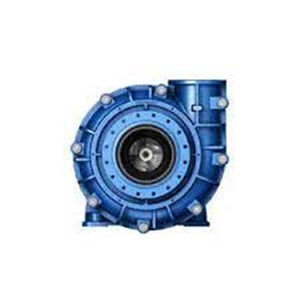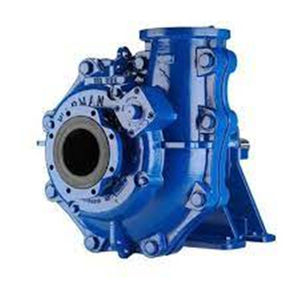
- Hydraulics - Pneumatics
- Pump
- Wastewater pump
- Relong Tech
- Company
- Products
- Catalogs
- News & Trends
- Exhibitions
Dredging pump RLSSP150wastewaterslurryhydraulic motor




Add to favorites
Compare this product
Characteristics
- Fluid
- wastewater, slurry
- Operation
- hydraulic motor
- Priming
- submersible
- Technology
- vane
- Mobility
- mobile
- Domain
- industrial
- Applications
- suction, dredging
- Fluid specification
- for solids-laden fluids
- Other characteristics
- high-efficiency, high-performance, high-power
- Flow
200 m³/h
(7,062.93334 ft³/h)- Head
30 m
(98'05" )
Description
Relong Hydraulic dredge pumps are mainly used as an excavator attachment taking place of a grab bucket when there is too much water, and mud and are not suitable for digging. It is driven by the excavator hydraulic system or a separate hydraulic station to pump sand, sludge mortar, etc. It’s equipped with 2 or 3 agitator cutters which mix the mud or sand matter for suction.
Application:
1. Dredging in rivers, lakes, ports, shallow water areas, wetlands etc.
2. Extract mud, sand, gravel, etc.
3. Harbor Reclamation Project
4. Mine slagging discharge from iron ore, tailings pond, etc.
Working Principle
The hydraulic system provides the power, the motor as the executive component, the hydraulic energy into mechanical energy of the new sand pump. At work, the energy is transferred to the slurry medium through the pump to stir the impeller rotation, so that it produces a certain flow rate, drives the solid flow, and realizes the slurry transportation.
The hydraulic motor adopts domestic famous quantitative piston motor and five star motor, which has the characteristics of advanced and reasonable structure, good performance, high efficiency and stable work. According to the actual working conditions of customers, choose different displacement motors.
VIDEO
Catalogs
No catalogs are available for this product.
See all of Relong Tech‘s catalogsRelated Searches
*Prices are pre-tax. They exclude delivery charges and customs duties and do not include additional charges for installation or activation options. Prices are indicative only and may vary by country, with changes to the cost of raw materials and exchange rates.





